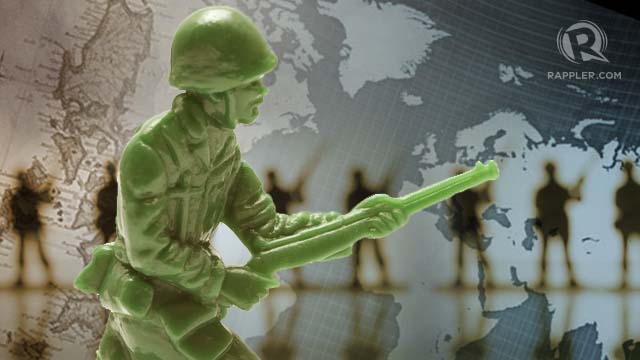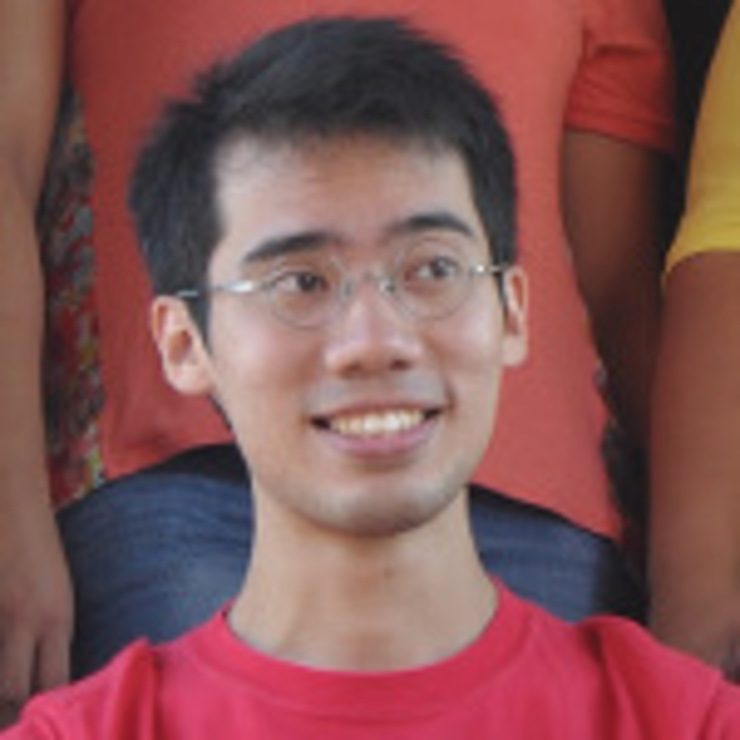SUMMARY
This is AI generated summarization, which may have errors. For context, always refer to the full article.

MANILA, Philippines – Their uniforms are new but their story is old. The recent standoff and daring escape of Filipino peacekeepers from the Golan Heights is only the latest episode in a history of Filipino armed action abroad, both noble and otherwise.
In what is today eastern Indonesia, 344 Pampango and Tagalog troops defended an Iberian claim in the year 1606. They fought against the blades and bullets of hostile sultans and their Dutch allies. The descendants of local Christians they helped protect were later evacuated to the safety of Cavite. These refugees resettled there in a place that today still bears the name of their old homeland: Ternate.
In the Pacific islands around Guam, indio Filipino soldiers were part of a colonial “peacekeeping” or occupation force from the 17th century onward. This paramilitary escort was initially led by a panday, later captain, from Indang, Cavite. The early troops faced impossible odds. Captain Don Juan De Santa Cruz commanded all of 31 irregular militiamen against entire villages of Chamorro Polynesian warriors. In 1686 he was awarded a medal and tax exemptions for his leadership during the early years of colonial presence on those islands. The religious mission he protected is known today for the presence of lay assistant St. Pedro Calungsod in 1668-72.
Today’s United Nations peacekeepers bear assault rifles and machine guns. During the early colonial period, the arms used by Filipino troops included the bolo, the spear, and the bow and arrow. Also in their hands was the harquebus, a precursor to the rifle.
As early as 1593, 400 indio Filipino harquebusiers could be assembled, and were assembled as part of a colonial expedition to the Moluccas. Most often praised among Filipinos soldiers were the Pampangos, who were well known to the Spanish for their loyalty, bravery, and skill in combat.
In the 1860s, over a hundred “Manilamen” based in Shanghai signed up as mercenaries to suppress the Taiping rebellion against China’s Qing Dynasty. Among them was former consulate policeman Vicente Macanaya, who became his commander’s trusted aide-de-camp. Further south in the Asian continent, in Vietnam, about 300 Filipino soldiers spent the same decade fighting alongside combined French and Spanish forces.
Doing their flag justice
This short list does not include the movements of men under the Sulu sultanate, whose swift proas raided the coast across archipelagic Southeast Asia. Nor does it include Jose Rizal’s rejected offer to volunteer as a military doctor during the Cuban revolution, or the Filipino participants of the two World Wars.
The moral ground that Filipinos have stood and fought on has not always been high. Filipino troops have fought abroad under the flags of foreigners, often out of loyalty and religious devotion.
But just as often they have fought bravely under the standards of money and, arguably, conquest, occupation, and terrorism. Who can forget that the victims of the Jabidah massacre were themselves being trained to violently retake Sabah? In recent weeks reports have come in from Davao that Filipinos are joining the terrorist ISIS as volunteers.
The Philippine flag has been flying for a little over a century, not enough time to judge whether the Filipino, now the citizen of a sovereign state, has, on balance, fought abroad on the side of right rather than wrong.
It is good to see that, at least in last week’s episode, our heroes from the UNDOF peacekeeping force did justice to the Philippine flag sewn on their uniforms.
For more information on these subjects, look up historical documents published by Rodrique Levesque. Also see the writings of our local historians on colonial-era church history, and on the 19th century Filipino Diaspora. – Rappler.com
 The author is an M.A. history student at the Ateneo de Manila University. He considers himself fortunate to be able to read Spanish, and most of his research revolves around the 17th and 18th centuries. Also a part-time research assistant, he spends his weekdays in archives around the Metro.
The author is an M.A. history student at the Ateneo de Manila University. He considers himself fortunate to be able to read Spanish, and most of his research revolves around the 17th and 18th centuries. Also a part-time research assistant, he spends his weekdays in archives around the Metro.
Soldier and silhouette via Shutterstock
Add a comment
How does this make you feel?
There are no comments yet. Add your comment to start the conversation.